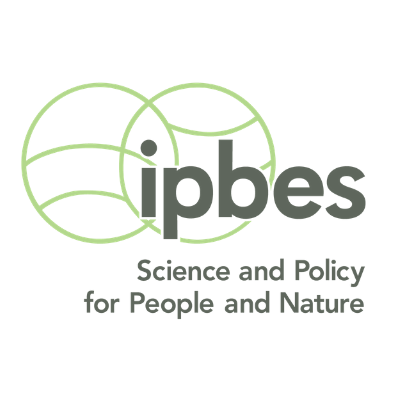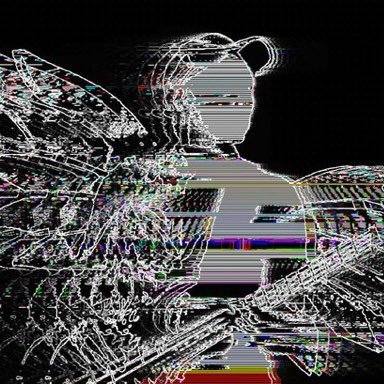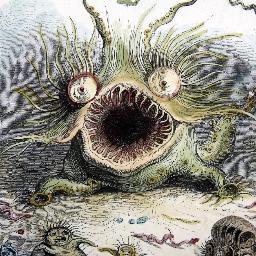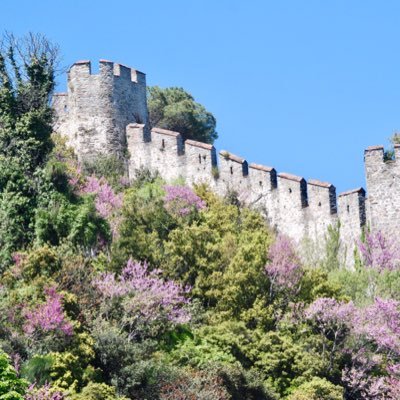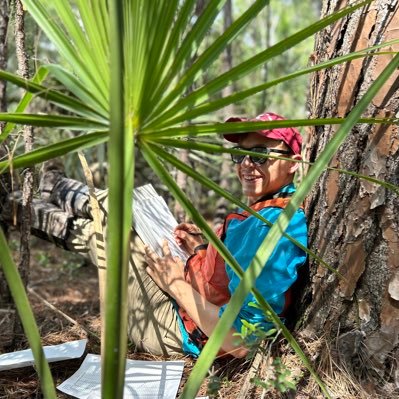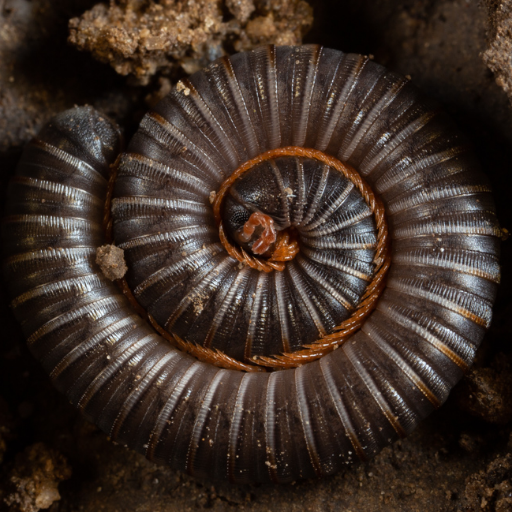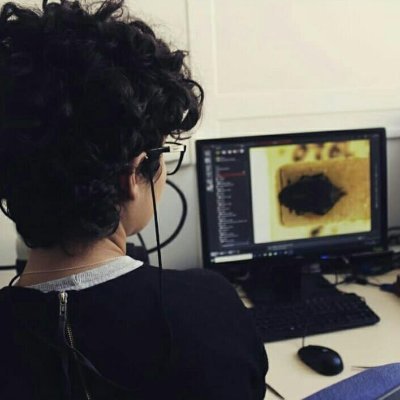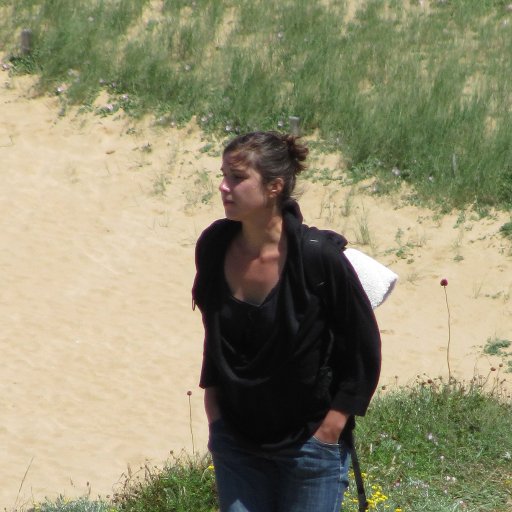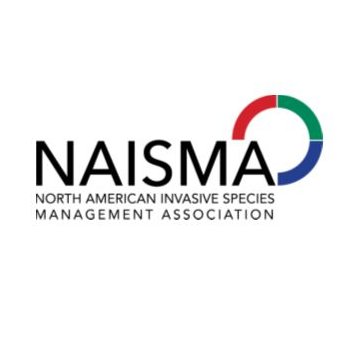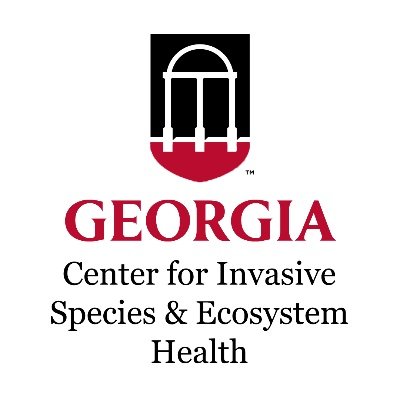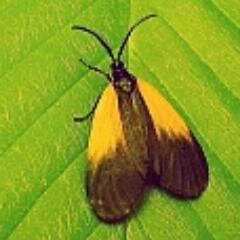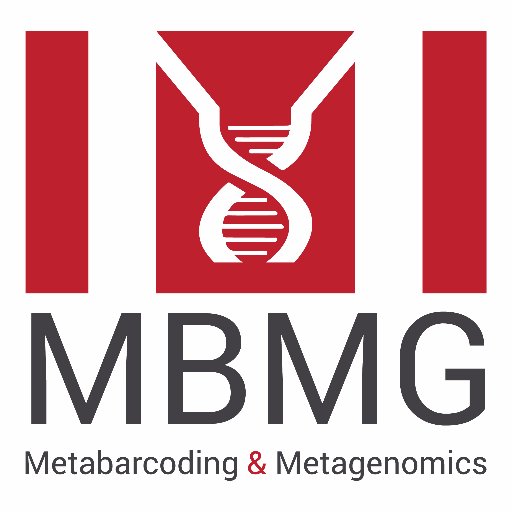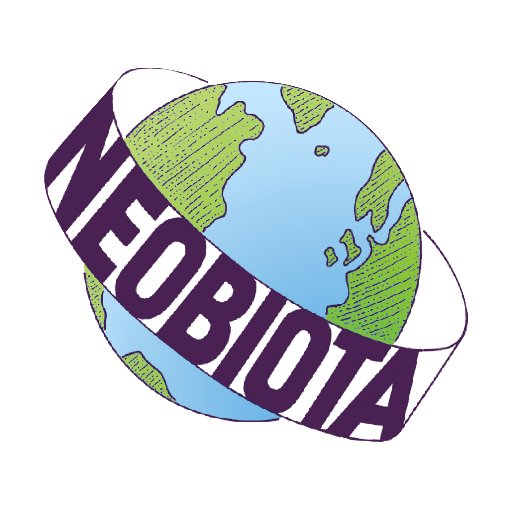
NeoBiota
@NeobiotaJournal#OA journal for research on biological invasions: aquatic & terrestrial; animals, plants, fungi & micro-organisms. Powered by @Pensoft & @ARPHAplatform.
Similar User

@Invasivesnet

@EU_Aliens

@CABI_Invasives

@DaveRichSBosch

@EcoInvasions

@InvasionScience

@HannoSeebens

@ananovoaperez

@AdriaensTim

@NeobiotaGroup

@BelinGallardo

@ZarahPattison

@InvasionsPlant

@floryannelli

@DeptEcology
🧐A 2020 study published in @NeobiotaJournal identifying the highest-risk regions for the next invasions of the #coypu in Europe referenced by the @BBC! 📄Study: doi.org/10.3897/neobio… 🗞️Story: bbc.com/future/article… by @mjponsford @FranzEssl1 @NeobiotaGroup #InvasiveSpecies
This study finds an ongoing spread of the giant water bug in Italy, as well as a strong expansion potential in Europe due to 'mediterranization' of temperate climates. 🔗 doi.org/10.3897/arphap… #invasivespecies

Introducing ‘Invasions in Aquatic Systems,’ an upcoming NeoBiota special issue primarily featuring papers presented at the @Neobiota2024 Conference held in Lisbon in September 2024. 🌊 🗓️ Submission deadline: 31 Jan 2025 neobiota.pensoft.net/news/742
More than one third of Vietnam’s mammal species are at risk of extinction. 🇻🇳 🔗 Read more on the @Pensoft blog: blog.pensoft.net/2024/11/12/one…

Native and non-native fish in China's Lower Pearl River Basin show significant trophic overlap, suggesting intense competition yet potential equilibrium through dietary segregation. 🔗 doi.org/10.3897/neobio… #invasivespecies #ecology
Researchers introduce an ecoregion-based framework to assess invasive plant species in the Cantabrian Mixed Forests, revealing 175 invasive plants, of which 37 have significant environmental and socio-economic impacts. 🔗 doi.org/10.3897/neobio… #invasivespecies

High summer rainfall in Japan limits the spread of alien Lolium rigidum, unlike its relative Lolium multiflorum, highlighting the role of climate and local soil conditions in invasion risk assessment. 🔗 doi.org/10.3897/neobio… #invasivespecies @univkyoto

My first first-authored paper and dissertation chapter was published in @NeobiotaJournal recently! Special thanks to @CFANS for hosting this research at the Hubachek Wilderness Research Center - what an experience in the North Woods of Minnesota!
Rising temperatures may enhance fungal infections that help control northern populations of the invasive spongy moth in North America. 🔗 Read more: doi.org/10.3897/neobio… #invasivespecies

❔How efficient are management techniques for green iguanas on farms? This study has some answers: doi.org/10.3897/neobio… #agriculture #biologicalinvasions #invasivespecies

Experimental evidence of negative agricultural impacts and effectiveness of mitigation strategies of invasive green iguanas (Iguana iguana) in Puerto Rico by @Chris_tina_DJV neobiota.pensoft.net/article/114925/

A case study on the control of the invasive exotic plant Solidago canadensis with photosynthetically active leaves in winter by applying glyphosate: doi.org/10.3897/neobio… #plants #glyphosate #photosynthesis

This study explores public preferences in Italy for consuming invasive Atlantic blue crabs as a sustainable management strategy, revealing that most respondents are positively inclined. 🔗 doi.org/10.3897/neobio… #invasivespecies

Native swollen river mussels and #invasive Chinese pond mussels respond differently to biofouling by dreissenid mussels, highlighting potential impacts on competition and species interactions in European waters. 🔗 doi.org/10.3897/neobio…

A combination of 1) pre-adaptation related to superior performance of polyploids and 2) post-introduction evolution towards higher performance in the invasive range may have contributed to the invasion success of tetraploid C. stoebe in North America. 🔗 doi.org/10.3897/neobio…

Rising temperatures may enhance fungal infections that help control northern populations of the invasive spongy moth in North America. 🔗 Read more: doi.org/10.3897/neobio… #invasivespecies

This study provides a comprehensive comparison of molecular detection methods for the invasive small hive beetle, recommending the Li et al. (2018) method as the most reliable tool for accurate detection. 🔗 doi.org/10.3897/neobio… #invasivespecies

This study reveals that hybrids of common carp and goldfish in recreational fisheries don't outperform their invasive parents, suggesting similar ecological impacts. 🔗 doi.org/10.3897/neobio… #invasivespecies @SerhanTarkan

United States Trends
- 1. Mike 1,83 Mn posts
- 2. Serrano 239 B posts
- 3. #NetflixFight 71,8 B posts
- 4. Canelo 16,5 B posts
- 5. Father Time 10,7 B posts
- 6. Logan 78 B posts
- 7. #netflixcrash 15,7 B posts
- 8. He's 58 25,5 B posts
- 9. Rosie Perez 14,8 B posts
- 10. ROBBED 100 B posts
- 11. Boxing 297 B posts
- 12. #buffering 10,9 B posts
- 13. Shaq 16,1 B posts
- 14. Ramos 69,6 B posts
- 15. My Netflix 82,9 B posts
- 16. Roy Jones 7.155 posts
- 17. Tori Kelly 5.224 posts
- 18. Cedric 21,8 B posts
- 19. Barrios 50,5 B posts
- 20. Muhammad Ali 18 B posts
Who to follow
-
 INVASIVESNET
INVASIVESNET
@Invasivesnet -
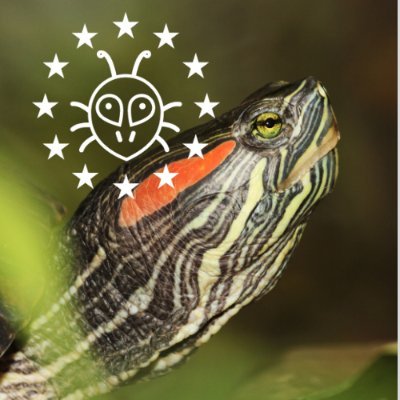 European Alien Species Information Network - EASIN
European Alien Species Information Network - EASIN
@EU_Aliens -
 CABI Invasive Species
CABI Invasive Species
@CABI_Invasives -
 Dave Richardson
Dave Richardson
@DaveRichSBosch -
 Anthony Ricciardi
Anthony Ricciardi
@EcoInvasions -
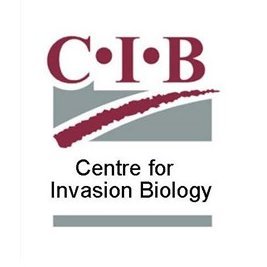 C•I•B
C•I•B
@InvasionScience -
 Hanno Seebens
Hanno Seebens
@HannoSeebens -
 Ana Novoa Perez
Ana Novoa Perez
@ananovoaperez -
 Tim Adriaens
Tim Adriaens
@AdriaensTim -
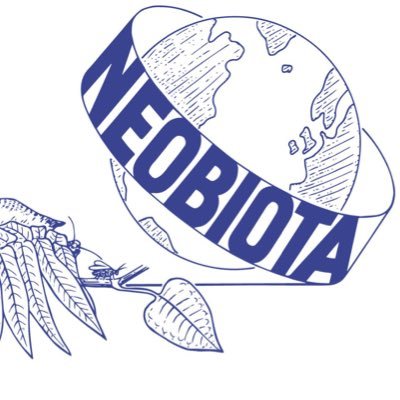 NeoBiota
NeoBiota
@NeobiotaGroup -
 Belinda Gallardo
Belinda Gallardo
@BelinGallardo -
 Dr ZP (she/her)
Dr ZP (she/her)
@ZarahPattison -
 PlantInvasions
PlantInvasions
@InvasionsPlant -
 Flor Yannelli *typo queen* 👽🌱🪁 (she/her/ella)
Flor Yannelli *typo queen* 👽🌱🪁 (she/her/ella)
@floryannelli -
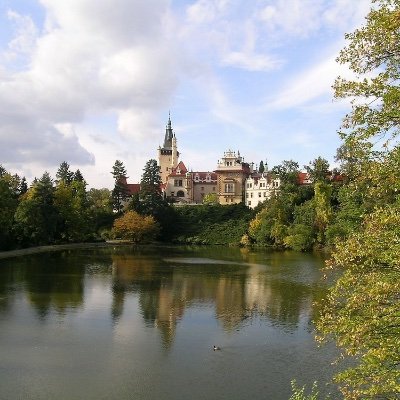 Department of Invasion Ecology
Department of Invasion Ecology
@DeptEcology
Something went wrong.
Something went wrong.







